
Everything You Need to Know About Metal Valleys on Your Roof
When it comes to protecting your home, your roof works hard, especially in a place where the weather can change in a heartbeat. on this post We will dive into what a valley is, the different types of valley installations, why metal valleys are considered the most durable option, and how they help extend the lifespan of your roofing system.
ROOFINGMAKING DECISIONS
Catch All Contracting
11/20/20253 min read
What Is a Roof Valley?
A very important part of your roofing system are the valleys. Even though homeowners don’t often think about this area, it’s one of the spots that sees the most water flow and wear.
A roof valley is the line where two roof slopes meet. Picture a “V” that forms when two sections of your roof angle together, this is the area where water naturally funnels as it moves off your roof.
Because valleys carry more water than any other part of your roof, they’re also the most vulnerable to leaks
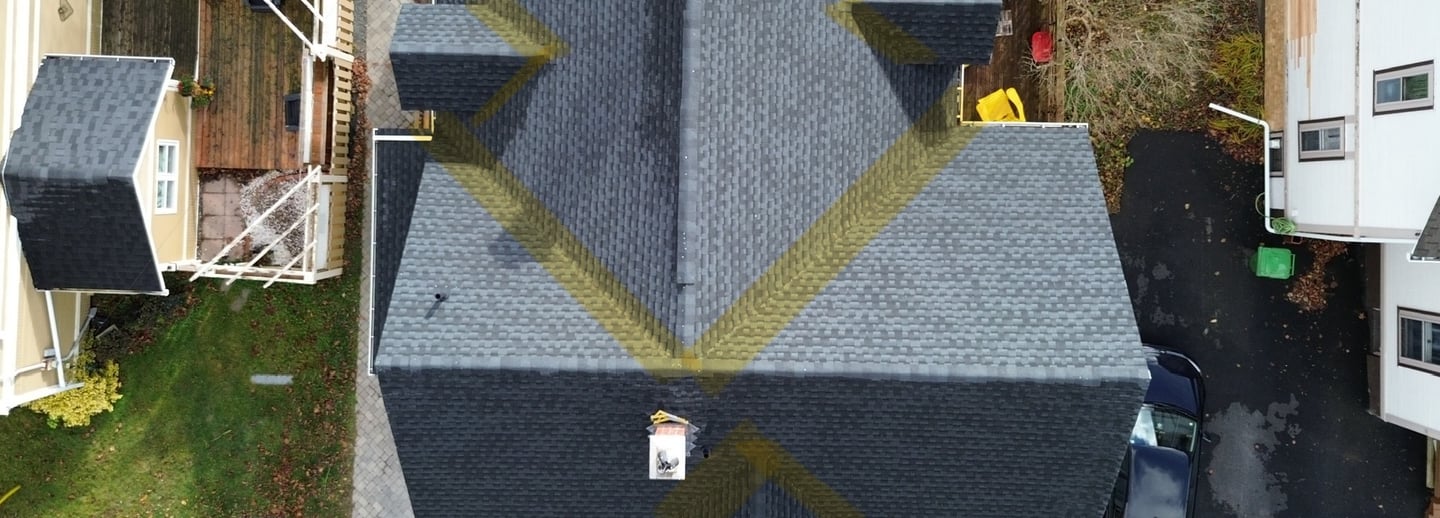

Closed-Cut Valley
vs
Open Metal Valley
When it comes to installing a roof valley, two of the most common approaches are the closed-cut valley and the open metal valley. Both serve the same purpose, directing water off the roof, but they work in different ways and offer different levels of protection.
Open Metal Valley
An open metal valley uses a wide strip of metal, usually aluminum or steel, installed along the valley. The shingles are trimmed so the metal remains visible, creating a clear channel for water.
Even though you can see the metal from the ground, this method creates a much smoother and more efficient pathway for water, snow, and ice to move through. It also significantly reduces friction and prevents water from sneaking under shingles, making it a stronger option for long-term performance.
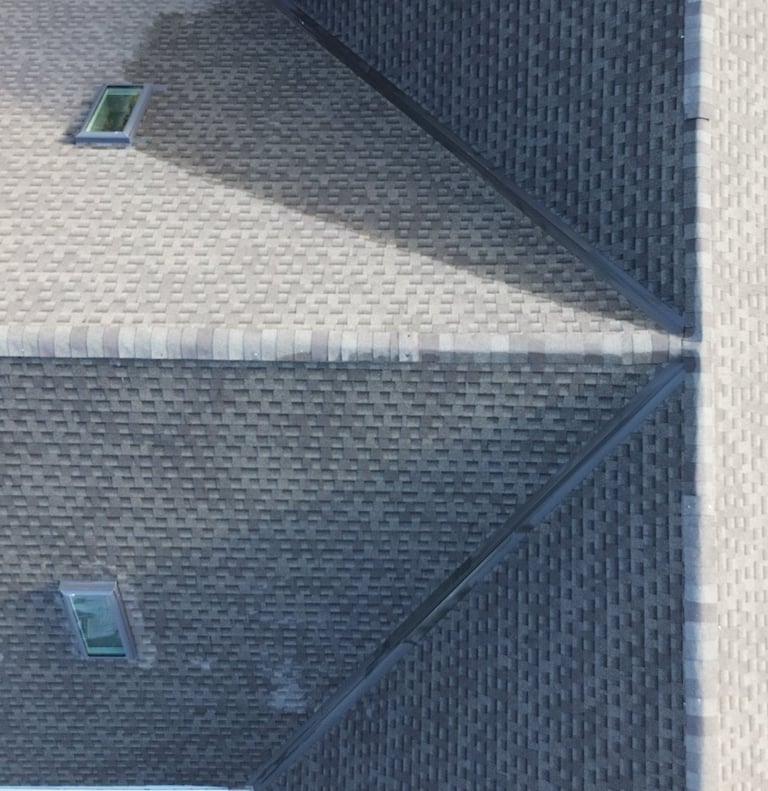


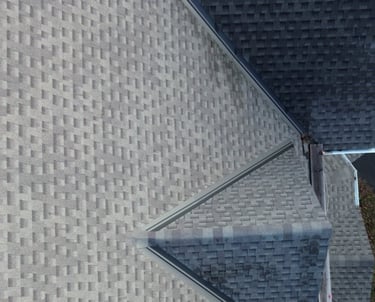
Closed-Cut Valley
It’s a traditional approach that blends in nicely and has been used for many years on asphalt shingle roofs.
Shingles from both slopes extend into the valley, and the top layer is cut along a straight line. This creates a clean, blended look where most of the valley is hidden.
The challenge with this style is that all the water flowing down the valley runs directly over the shingles, putting more wear on that section of the roof. Over time, especially in areas with heavy rain, snow, or ice, the shingles in a closed-cut valley can age faster simply because they’re constantly handling the highest volume of water
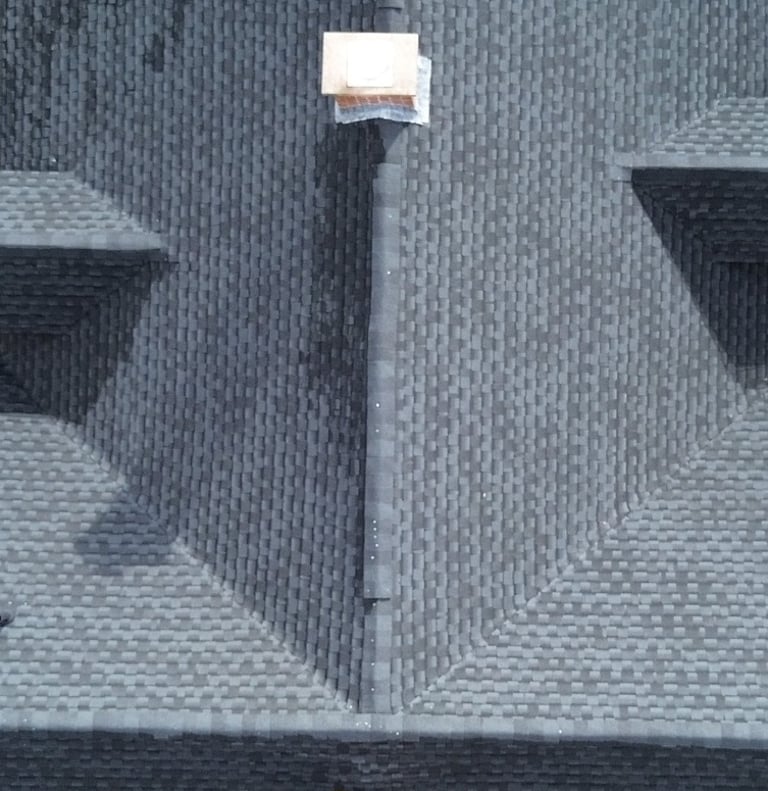

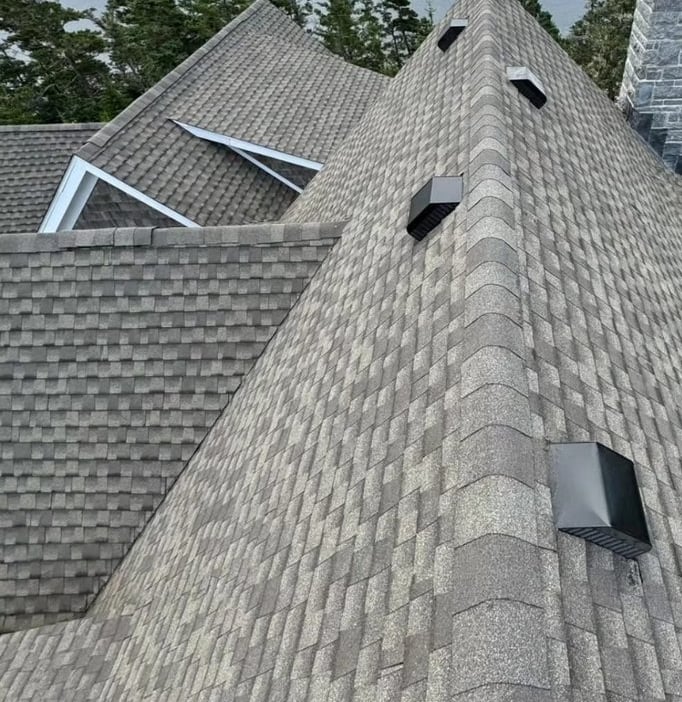

Why Choose Metal Valleys?
An open metal valley works much like a gutter built directly into your roofing system, giving water a smooth, dedicated pathway so it flows exactly where it should.
Because the metal is exposed, it can handle high-volume runoff with ease, shedding water, snow, and debris more effectively than shingle-only designs.
This construction minimizes wear, reduces the chances of leaks forming, and helps the roofing system perform better for a longer period of time, making open metal valleys a reliable upgrade for homeowners who want stronger, "water management" on their roofs.
Final Thoughts
Valleys may not be the first thing you notice on a roof, but they are one of the most important details in keeping your home dry and protected. Choosing metal valleys is an investment in durability, performance, and peace of mind
If you’re considering a roof replacement or want to learn more about your roof’s condition, our team at Catch All Contracting is always here!
Call 902-329-0797 or email info@catchall-contracting.com to get started.
